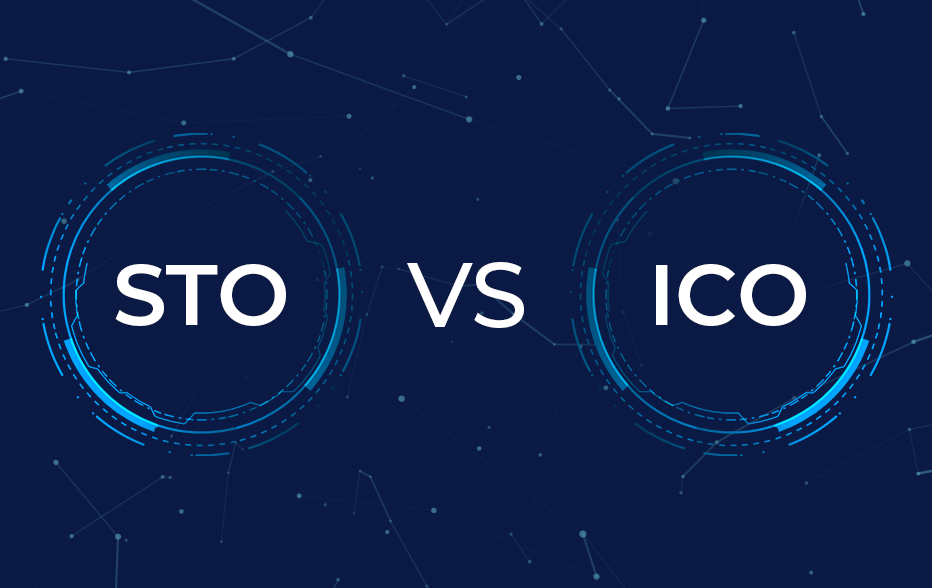Blockchain Technology Explained

Blockchain is the technology that makes Bitcoin possible. The blockchain is a distributed ledger technology that maintains a record of all completed transactions and digital events between participating parties. Each transaction validates a majority of the system’s members.
What is blockchain technology?
Blockchain technology is a distributed ledger system that permits cross-network transactions. A blockchain acts as a database, electronically storing data. Blockchain technology is well-known for its critical role in cryptocurrency systems, ensuring transaction security and decentralization. The peculiarity of a blockchain is that it guarantees the correctness and security of data records and builds trust without the intervention of a third party.
How does blockchain technology work?
Blockchain technology’s objective is to facilitate the capture and sharing of digital information, but not its modification. Thus, a blockchain serves as the foundation for immutable ledgers or records of transactions that cannot be edited, erased, or destroyed.
Consequently, distributed ledger technologies (DLTs) are called blockchains (DLTs).
Moreover, blockchain technology is a multi-step process described as a transaction initiated by an authorized individual, which the technology must authenticate. This operation creates a block containing the transaction or data in question, and the block is delivered to all networked computer nodes.
Is blockchain secure?
Numerous approaches exist for establishing decentralized security and trust using blockchain technology. New blocks are always maintained chronologically and sequentially, and they are permanently attached to the “terminus” of the blockchain. Once a block is put on the blockchain, its contents cannot be altered without the consensus of a majority of the network. Each block includes its hash, the hash of the preceding block, and the specified timestamp. Hash codes are generated mathematically by converting digital data to a string of numbers and characters, and when data is modified, the hash code is likewise modified.
What is the difference between a database and a blockchain?
A traditional database and a blockchain are how data is organized. A blockchain is a decentralized digital ledger that contains data. Each block is composed of a set of data. Blocks have a finite amount of storage and are closed and attached to the previous block when they are complete, forming a data chain. All subsequent information is added to the chain after completion.
While a database is often designed around tables, a blockchain, as the name implies, is structured around linked chunks (blocks) of data. When decentralized, this data structure automatically develops an irreversible data chronology, and when a block is completed, it becomes a remembered part of that chronology. When a block is added to the chain, it is assigned a precise timestamp.
The added value to traditional Financial
Perhaps no sector stands to profit more from blockchain integration than banking. Financial institutions are typically open five days a week during regular business hours. If you attempt to deposit a check at 6 p.m. on a Friday, the funds will almost certainly not post to your account until Monday morning. Even if you deposit during business hours, the transaction may take up to three days to validate due to the volume of transactions that banks must settle. On the other hand, blockchain is a 24/7, 365 operation.
By incorporating blockchain technology into banks, users may expect transactions to take as low as 10 minutes—basically, the time required to add a block to the Blockchain, regardless of the day or week. Banks may utilize the Blockchain to provide faster and more secure money transfers between institutions. For instance, the settlement and clearing process might take up to three days (or more if dealing with foreign counterparties) when the money and shares are frozen in the stock trading sector.
Given the magnitude of the transactions, even a few days in transit might incur considerable costs and hazards for banks.
Blockchain wallet
A blockchain wallet is a digital wallet that allows users to hold and securely cryptocurrencies such as Bitcoin, Ethereum, and others very securely; the term “Blockchain Wallet” refers to the wallet service offered by Blockchain. Moreover, a blockchain wallet enables users to send and receive bitcoins and convert them to their local currency.
Advantages of blockchain
A network of thousands of computers ensures the chain’s correctness. This eliminates human interaction in the verification process, resulting in less human error and a more accurate data record. Some benefits of blockchain are:
Savings
Blockchain technology eliminates the need for third-party verification – and the associated costs. For example, businesses pay a small fee when accepting credit card payments since banks and payment processing companies must handle such transactions and companies must process such transactions.
Decentralization
Rather than that, the blockchain is duplicated and spread across computers through a network. Whenever a new block is put onto the blockchain, all computers connected to the web update their blockchains immediately to reflect the addition. By dispersing that data over a network rather than holding it in a single central database, the blockchain makes tampering with it more difficult. If a hacker had a copy of the blockchain, they would endanger just one copy of the data rather than the whole network.
Private Transactions
Many blockchain networks function as public databases, which means that anybody with an Internet connection may examine the network’s transaction history. While users have access to transaction data, they do not have access to personally identifiable information about the individuals who conducted the transactions. It is a widely held misconception that blockchain networks like bitcoin are anonymous when they are just secret.
Transparency
The vast majority of blockchains are entirely comprised of open-source code. This means that anybody may examine its source code, allowing auditors to audit the security of cryptocurrencies such as Bitcoin.
Benefits of Trading with INX
As privacy may be at risk, INX makes it a priority to keep your information secure. Cryptocurrencies and digital securities may be exchanged on INX with complete regulatory compliance, fair trading norms, security processes, and privacy safeguards. INX keeps track of balances, manages wallets, and provides reports on transactions. Automated trading confirmations and reporting systems constantly monitor and execute trades and positions.
It is really easy to get started, you will need to create an account via INX and then set up your digital wallet, in order to deposit money and choose the crypto you want to invest in. INX accepts all kinds of wallets such as Metamask.
Uses of blockchain technology
Bitcoin’s blockchain records, as previously stated, monetary transactions in the form of blocks. Today, approximately 10,000 other cryptocurrency systems based on the blockchain exist.
Blockchain technology offers a plethora of applications and is being utilized in a vast number of industries, including banking, government, and business, among others:
Blockchain use in finance:
- International Payments
- Capital markets
- Trade finance
- Money laundering protection
- Peer to peer transactions
Blockchain use in business
- Supply chain management
- Health care
- Real estate
- Media
Blockchain use in government:
- Record management
- Identity management
- Voting
- taxes
FAQ
Can blockchain data be deleted?
Blockchain is based on the idea that data or transactions should not be kept in one place. A network of computers will keep all of your information forever. Once data is sent there in a blockchain network, it can’t be changed or removed from all systems.
How many crypto blockchains are there?
More than 10,000 other cryptocurrency systems are running on the blockchain.
What is blockchain mining?
Blockchain mining is adding new transactions to the existing blockchain ledger of transactions shared by all blockchain users, which is called a blockchain. Bitcoin mining is what most people think of when they think of mining, and other technologies that work with a blockchain also use mining.
David Azaraf June 1, 2022
Crypto enthusiast, help businesses plug into the token economy





